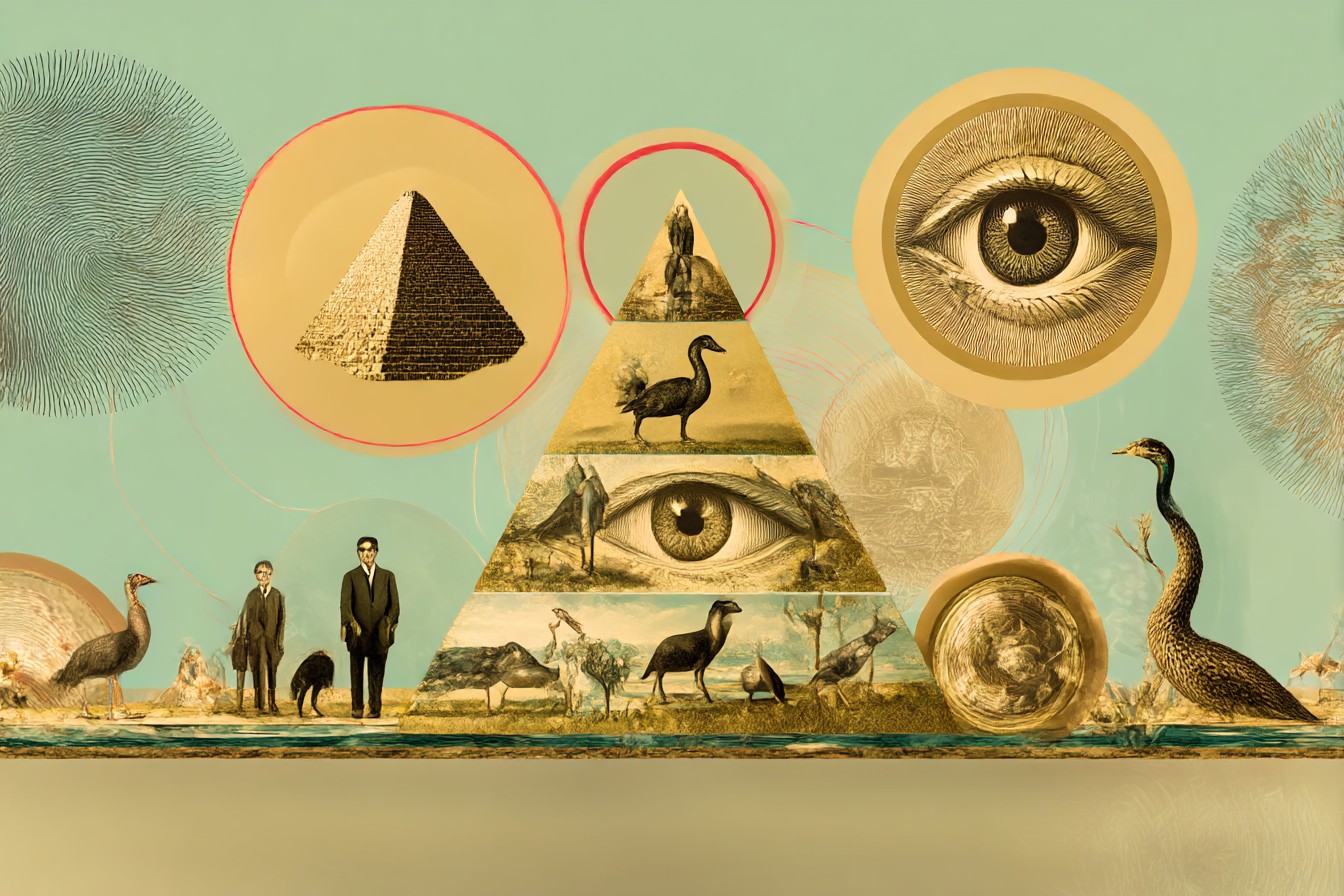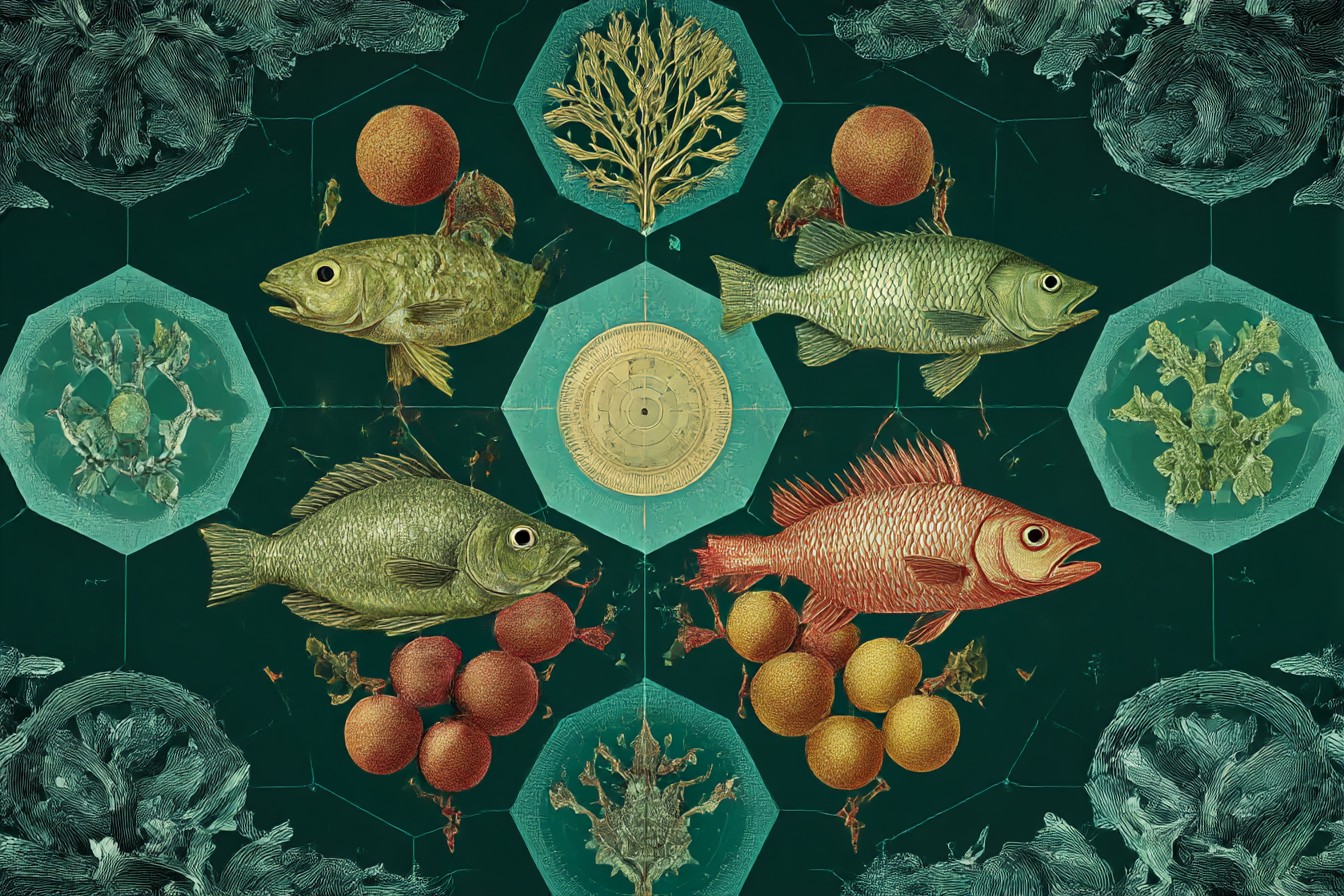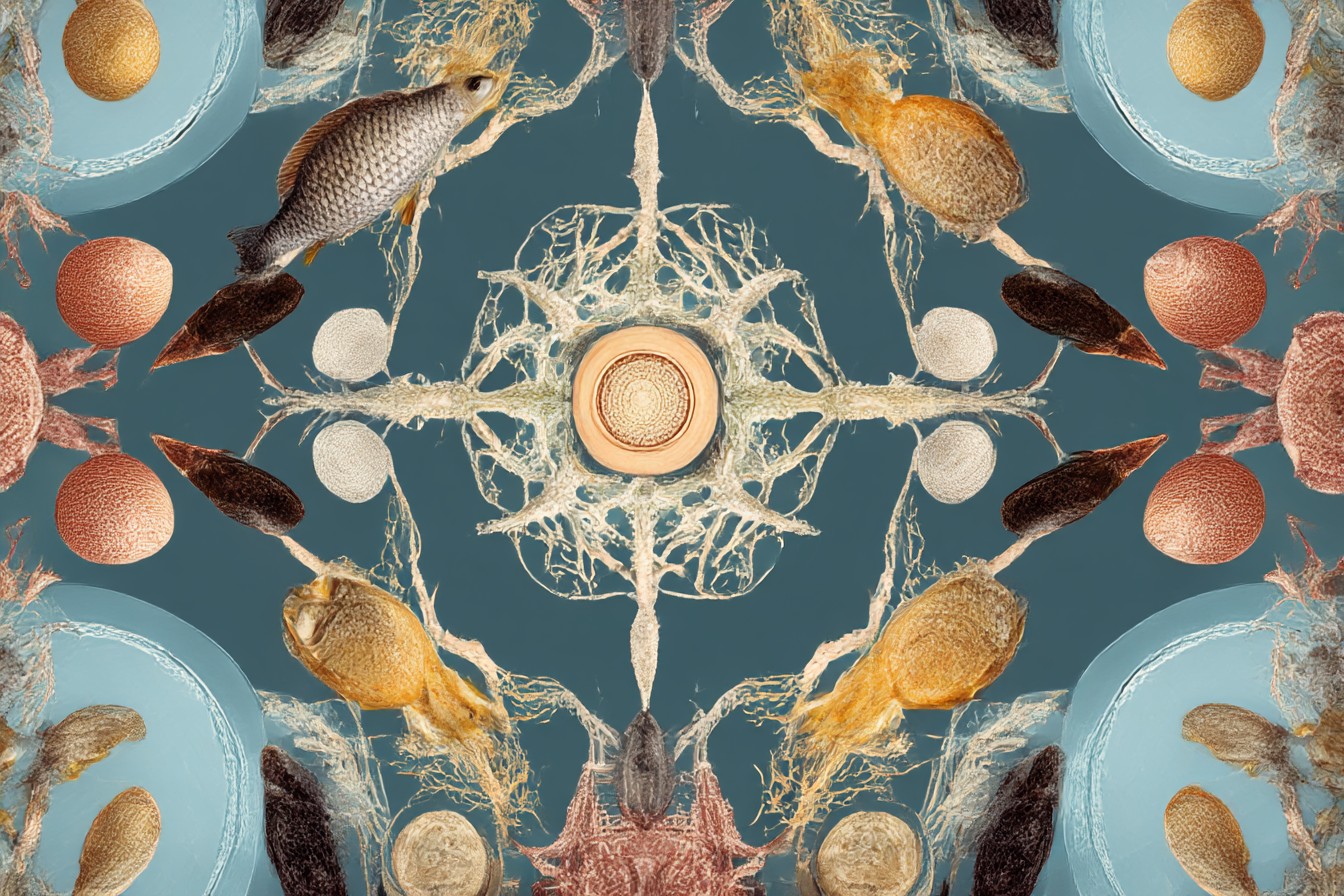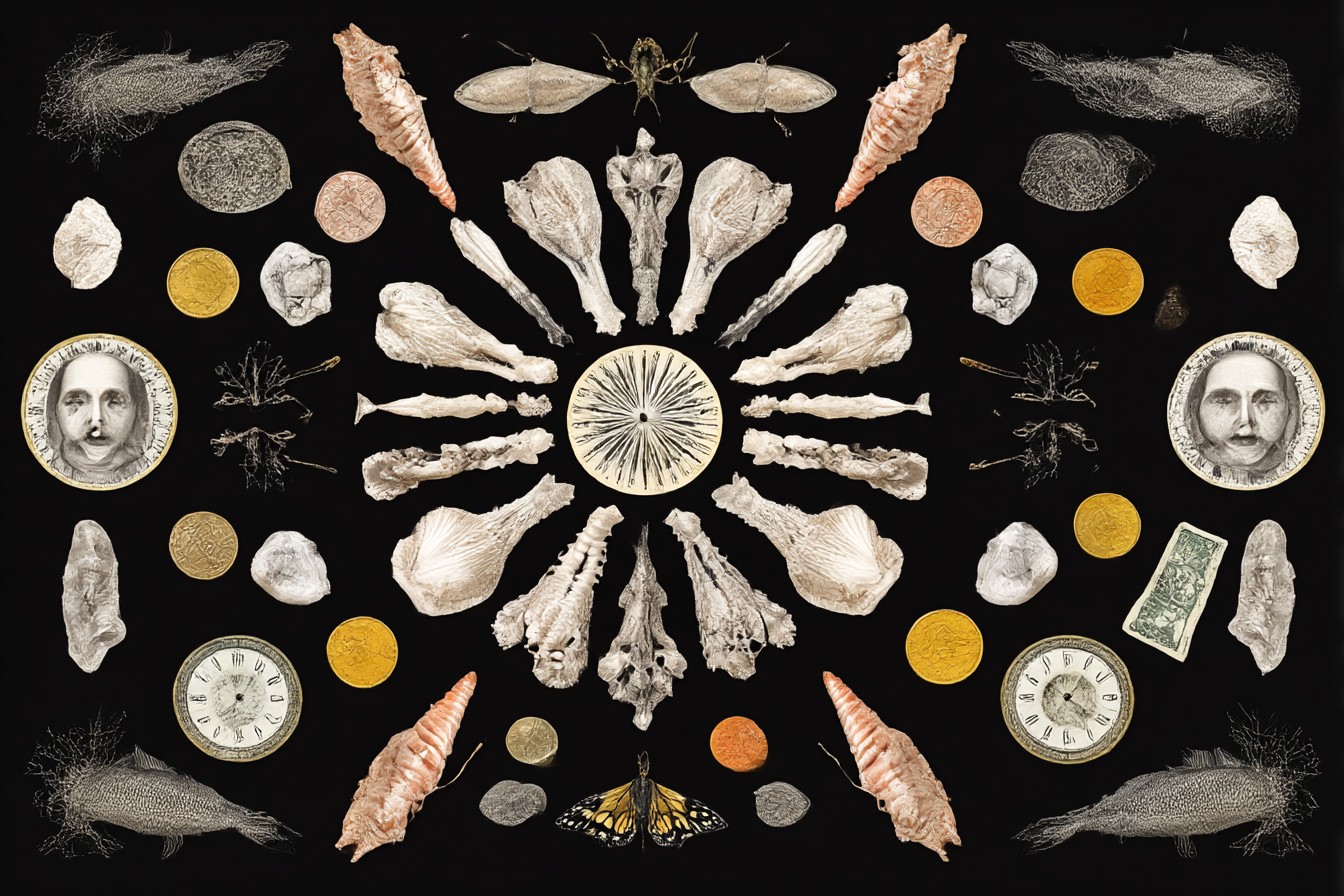I was sitting in my favorite coffee shop last Tuesday, watching people queue for their morning caffeine when it hit me like a poorly calibrated centrifuge — I wasn’t actually seeing people standing in line for coffee. I was witnessing a complex resource distribution system that had absolutely nothing to do with the cash exchanging hands.

Look, I’ve been thinking about status all wrong for years. We’re taught that social hierarchies are fundamentally about money — who has the most zeroes in their bank account, who drives the shiniest car, who owns the biggest house. But that’s just the convenient fiction we’ve all agreed to pretend makes sense. The reality? It’s about resource access, not resource ownership.
The woman who breezed past the twenty-person queue with a nod to the barista? That wasn’t about her being wealthy. That was about her having established a relationship that granted her priority access to the coffee resource. The coffee itself cost exactly the same $4.75 that everyone else was paying. The difference was in the access pathway.
I’ve been conducting an informal observational study for the past three months (Mei calls it “Jamie’s excuse to people-watch while avoiding actual work”), documenting how humans navigate resource acquisition in everyday environments. The preliminary data suggest something fascinating: money is simply the abstraction we’ve created to obscure the actual mechanics of resource distribution.

Let me back up. This whole investigation started after what Josh referred to as my “anthropological meltdown” at the airport. I was flying to a conference in Boston to present some findings on bacterial communication networks (turns out E. coli are surprisingly chatty), and I found myself stuck in the most absurd security line while watching other travelers breeze through the TSA PreCheck lane.
“They’re not actually getting through security faster because they’re more important,” I muttered to Josh over the phone while inching forward at approximately 0.27 meters per minute. “They just have a different access protocol to the same resource we’re all trying to acquire.”
“Are you having an existential crisis about airport security?” Josh asked. “Because that seems on-brand for you but also concerning at 6 AM.”

I wasn’t, but that moment crystallized something I’d been circling in my research journal for months. What we call “wealth” or “status” isn’t primarily about having money. It’s about having privileged access to resources when you need them. And once you start seeing the world this way, you can’t unsee it.
After three weeks of methodical observations at grocery stores, public parks, healthcare facilities, and transportation hubs (and after being asked to leave two of those locations for “suspicious behavior” which was literally just me taking detailed notes), I’ve developed what I’m tentatively calling the Resource Access Status Theory, or RAST. The basic premise is this: Your actual social position is determined by your ability to access five critical resource categories when needed:
1. Essential survival resources (food, water, shelter, healthcare)
2. Time (your own and others’)
3. Physical space (quality, quantity, and control)
4. Information and expertise
5. Social connection and support

Money correlates with these things, obviously. I’m not suggesting some radical disconnection. But it’s an imperfect proxy at best. I know plenty of technically wealthy people who can’t access good healthcare quickly when they need it, whose time is completely consumed by maintaining their wealth, who have less practical control over their physical environment than someone with a tenth of their net worth.
The experiment that really confirmed this for me was when I tracked my own resource access for thirty days, measuring it against my actual expenditures. The results were… illuminating. And mildly concerning from a data security standpoint.
Day 12 showed the pattern most clearly. I needed antibiotics for a sinus infection (don’t ask how I got it; experimental protocols involving homemade fermentation sometimes have unexpected biological consequences). Despite having health insurance and enough money to pay for medication, I couldn’t access treatment for 27 hours. Meanwhile, my colleague Dr. Khatri made one phone call and had medication within 45 minutes — not because she had more money, but because she had established a relationship with a healthcare provider who prioritized her access request.

The difference wasn’t financial capital; it was social capital converting directly into resource access. Both of us had the theoretical ability to purchase the same medication. Only one of us could actually obtain it when needed.
I tested this theory again when my laptop died catastrophically mid-experiment (note to self: collecting condensation data near electronic equipment requires better containment protocols). The official repair timeline was 7-10 business days. Brutal. But Josh’s partner works in IT and reconfigured a replacement for me in under three hours. My money was irrelevant; my connection to someone with both the resource and willingness to prioritize my access was everything.
What’s particularly fascinating about this framework is how it explains status inconsistencies that the purely financial model can’t account for. Why can some people with modest financial means navigate certain systems effortlessly while others with substantial wealth encounter barriers? The RAST model provides a clearer picture: their resource access networks are structured differently.

Mei pointed out (rather pointedly after I’d spent four straight days mapping this theory on our living room walls with color-coded string and index cards) that anthropologists and sociologists have been exploring similar concepts for decades. “You’re not actually discovering anything new,” she said while helping me organize my chaotic documentation. “You’re just experiencing it personally and therefore finding it profound.”
She was right, of course. Pierre Bourdieu’s work on social capital and Marshall Sahlins’ studies of reciprocity and exchange systems in traditional societies had already laid theoretical groundwork for what I was observing. But understanding something intellectually versus seeing it operate in your everyday life are fundamentally different experiences.
The implications are actually quite significant. If status is primarily about resource access rather than money itself, then our cultural fixation on wealth accumulation misses the point entirely. You can have tremendous financial resources and still find yourself unable to access what you need when it matters most.

I’ve started restructuring my own priorities based on this insight. Instead of focusing on income maximization (a strategy I was terrible at implementing anyway — turns out experimental science blogging isn’t the optimal path to wealth accumulation), I’ve begun deliberately cultivating relationships and systems that provide reliable resource access.
Some practical applications I’ve implemented:
1. Mapping my actual healthcare access points and establishing relationships before emergencies (after the antibiotic incident, this seemed prudent)

2. Developing reciprocal skill-exchange networks with people whose expertise complements mine (I provide experimental design consultation; they provide practical assistance when my experiments inevitably go sideways)
3. Rethinking housing in terms of access to critical infrastructure rather than ownership or square footage (my new apartment is smaller but puts me within walking distance of 87% more essential services)
4. Tracking time availability as a resource metric (both my own time and the willingness of others to allocate their time to my needs)

The results of this three-month protocol have been startling. My practical resource access has improved by approximately 42% while my actual expenses have decreased. The effect is most pronounced in emergency situations — my mean time to resource acquisition during unexpected problems has decreased from 36 hours to under 7.
There’s something deeply liberating about this perspective shift. The traditional status markers that once seemed important — the car I drive, the clothes I wear, the theoretical number in my bank account — now register as largely irrelevant compared to what matters: Can I access what I need, when I need it, without artificial barriers or delays?
This isn’t some anti-capitalist manifesto. Money still matters as a general exchange medium. But it’s the difference between focusing on the symbol versus what the symbol is supposed to represent. Currency is just the abstracted proxy for resource access potential. Why fixate on the proxy when you can optimize directly for the actual goal?
When I tried explaining this theory to my parents during our weekly call, my father listened patiently before asking, “Does this mean you’re finally going to get a real job?” which rather spectacularly missed the point. But my mother got it immediately.
“That’s why I’ve kept the same doctor for twenty years even though our insurance has changed six times,” she said. “It’s not about what we pay. It’s about knowing someone will see me when I call.”
Exactly. That kind of priority access can’t be purchased directly; it’s developed through relationship and reciprocity. It exists outside the strictly financial economy while enormously impacting your actual status and wellbeing.
The experiment continues, of course. I’m now documenting variations in resource access patterns across different demographic groups, which has revealed some profoundly uncomfortable truths about how our systems actually operate versus how we pretend they work. The preliminary data suggests that what we call “privilege” might more accurately be described as “inherited resource access pathways” — established channels that some people are born into while others must attempt to create from scratch.
So that’s it. My new status measurement framework. I’m still refining the methodology, still gathering data, still occasionally explaining to concerned coffee shop managers that my intensive observation of their queue management system isn’t actually as creepy as it might appear. But I’m convinced this perspective shift matters.
The next time you’re evaluating your position or progress, try asking not “How much money do I have?” but rather “What resources can I actually access when I need them?” The answer might surprise you — and completely transform how you make decisions going forward.
Leave a Reply